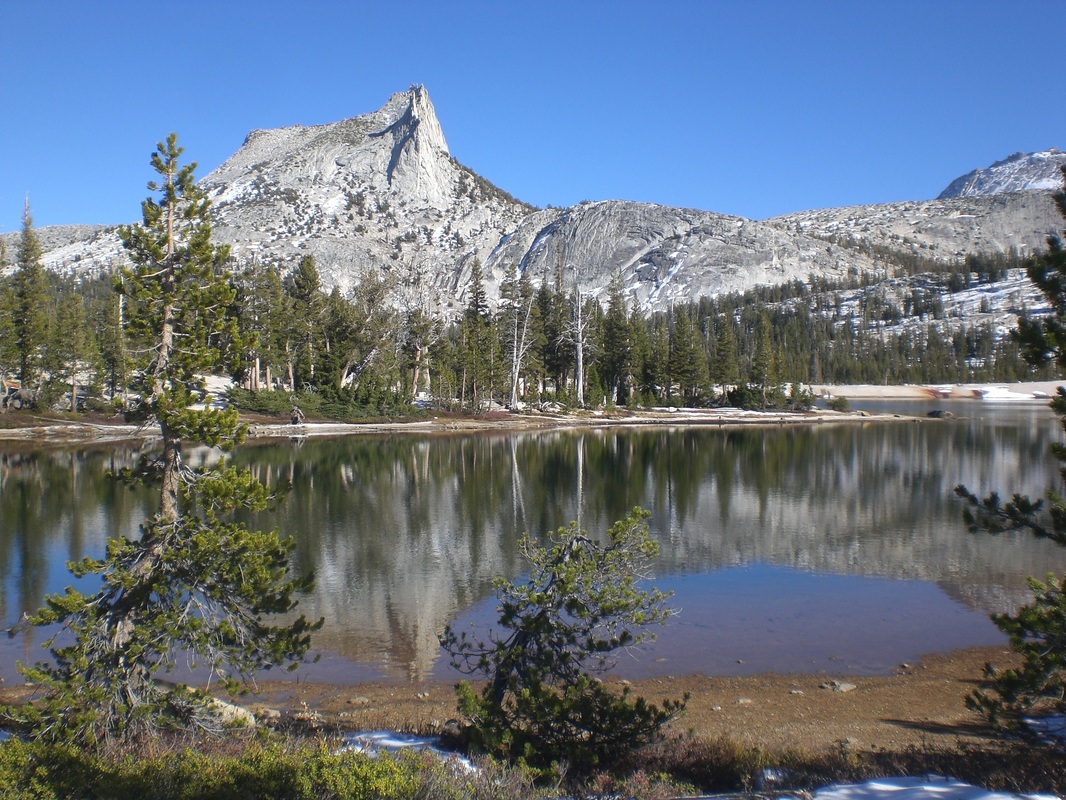Diatoms help explain a changing climate
Developing our understanding of fragile ecosystems, discovering organisms previously unknown to science, and qualifying the water quality of our country’s most pristine places – these are all great reasons to marry science with adventure and turn recreation into research. However, the data gathered by our citizen scientists can be used in efforts that are greater still. Diatoms account for roughly 40% of oxygen production and carbon fixation globally. As a part of this essential cycle, they have a great deal to tell us about climate change and the condition of the planet in general. Of the 200,000 species of diatoms thought to exist, roughly 12% have been discovered. That leaves a large gap in our knowledge of organisms that are major indicators of global environmental conditions.
The Montana Diatom Collection (located in Helena) houses species from across the northwestern U.S., and Dr. Bahls estimates that at least one third of the diatom species in this area remain to be identified. He is enthusiastic about the Northwest because its extensive and unspoiled wilderness regions have yet to be sampled extensively. Dr. Bahls and ASC volunteers have already discovered a species that was not known to exist in the U.S., some that may be new to science, and a number of very rare diatoms. Dr. Bahls will study these specimens through the winter while adventurers continue to sample remote aquatic environments from northern California to western North Dakota.
If you know that you’ll be traveling through an alpine area and you’re looking to get involved, this is an easy and gratifying way to join our coalition of citizen scientists. For more information on how to help, check out https://www.adventureandscience.org/diatom-lake.html and then contact us here: https://www.adventureandscience.org/find-an-advisor.html.
Liam Dillaway

